Growth in Automotive Electronics
The automotive sector is undergoing a significant transformation, with the Thin Film Chip Resistor Market poised to benefit from this evolution. The increasing incorporation of electronic systems in vehicles, particularly in electric and hybrid models, is driving the demand for high-quality resistors. It is estimated that the automotive electronics market will exceed 300 billion USD by 2025, indicating a substantial opportunity for thin film chip resistors. These components are essential for various applications, including power management and signal processing, which are critical for the performance and safety of modern vehicles. As automotive manufacturers strive for enhanced efficiency and reliability, the role of thin film chip resistors becomes increasingly vital.
Advancements in Telecommunications
The telecommunications industry is witnessing rapid advancements, which is positively influencing the Thin Film Chip Resistor Market. With the rollout of 5G technology, there is a heightened demand for components that can support higher frequencies and improved signal integrity. The telecommunications market is projected to grow significantly, with estimates suggesting it could reach over 2 trillion USD by 2025. This growth is likely to create a favorable environment for thin film chip resistors, which are known for their low noise and high stability. As network infrastructure evolves to accommodate increased data traffic, the reliability and performance of thin film chip resistors will be crucial in ensuring seamless communication.
Increased Focus on Renewable Energy
The shift towards renewable energy sources is becoming a driving force for the Thin Film Chip Resistor Market. As countries and companies invest in sustainable energy solutions, the demand for efficient electronic components is rising. Thin film chip resistors are integral to various renewable energy applications, including solar inverters and wind turbine controllers. The renewable energy market is expected to grow significantly, potentially reaching 1 trillion USD by 2025. This growth indicates a strong potential for thin film chip resistors, which are valued for their precision and reliability in energy conversion processes. As the world moves towards greener technologies, the role of these resistors in enhancing energy efficiency becomes increasingly critical.
Rising Demand in Consumer Electronics
The Thin Film Chip Resistor Market is experiencing a notable surge in demand, particularly driven by the consumer electronics sector. As devices become increasingly compact and sophisticated, the need for high-performance resistors that can fit into smaller spaces is paramount. The market for consumer electronics is projected to reach approximately 1 trillion USD by 2025, which suggests a robust growth trajectory. This growth is likely to propel the demand for thin film chip resistors, which are favored for their precision and reliability. Furthermore, the integration of advanced technologies such as IoT and AI in consumer devices necessitates components that can handle higher frequencies and power levels, thereby enhancing the appeal of thin film chip resistors in this competitive landscape.
Emerging Applications in Medical Devices
The medical device sector is evolving rapidly, creating new opportunities for the Thin Film Chip Resistor Market. With the increasing demand for precision and reliability in medical electronics, thin film chip resistors are becoming essential components in devices such as diagnostic equipment and monitoring systems. The medical device market is projected to reach approximately 600 billion USD by 2025, suggesting a robust growth potential. As healthcare technology advances, the need for high-performance resistors that can operate under stringent conditions is paramount. This trend indicates that thin film chip resistors will play a crucial role in ensuring the accuracy and reliability of medical devices, thereby enhancing patient care and outcomes.

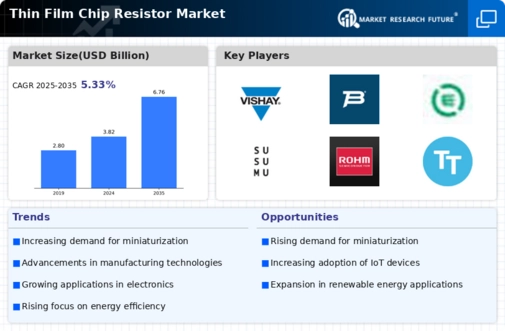
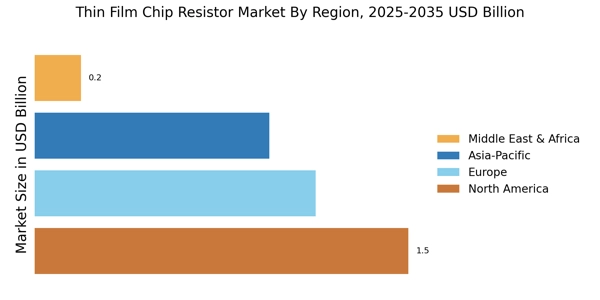

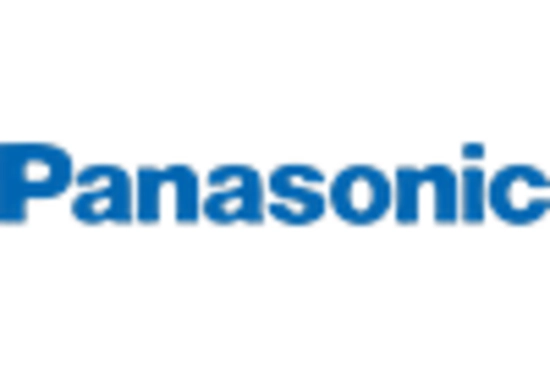
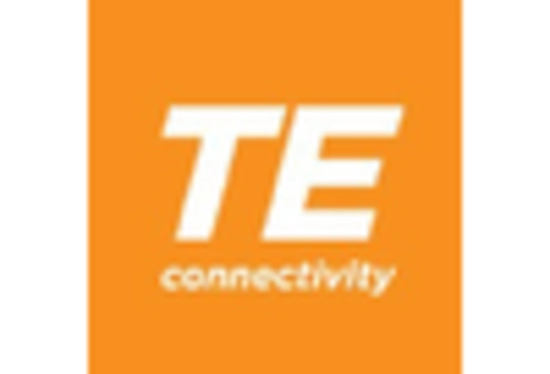
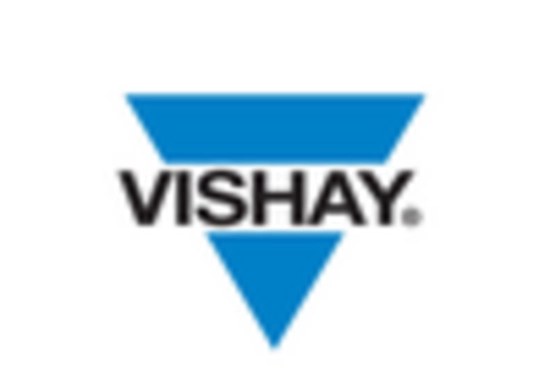
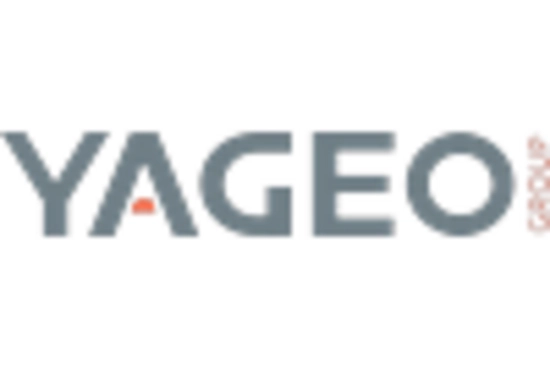








Leave a Comment